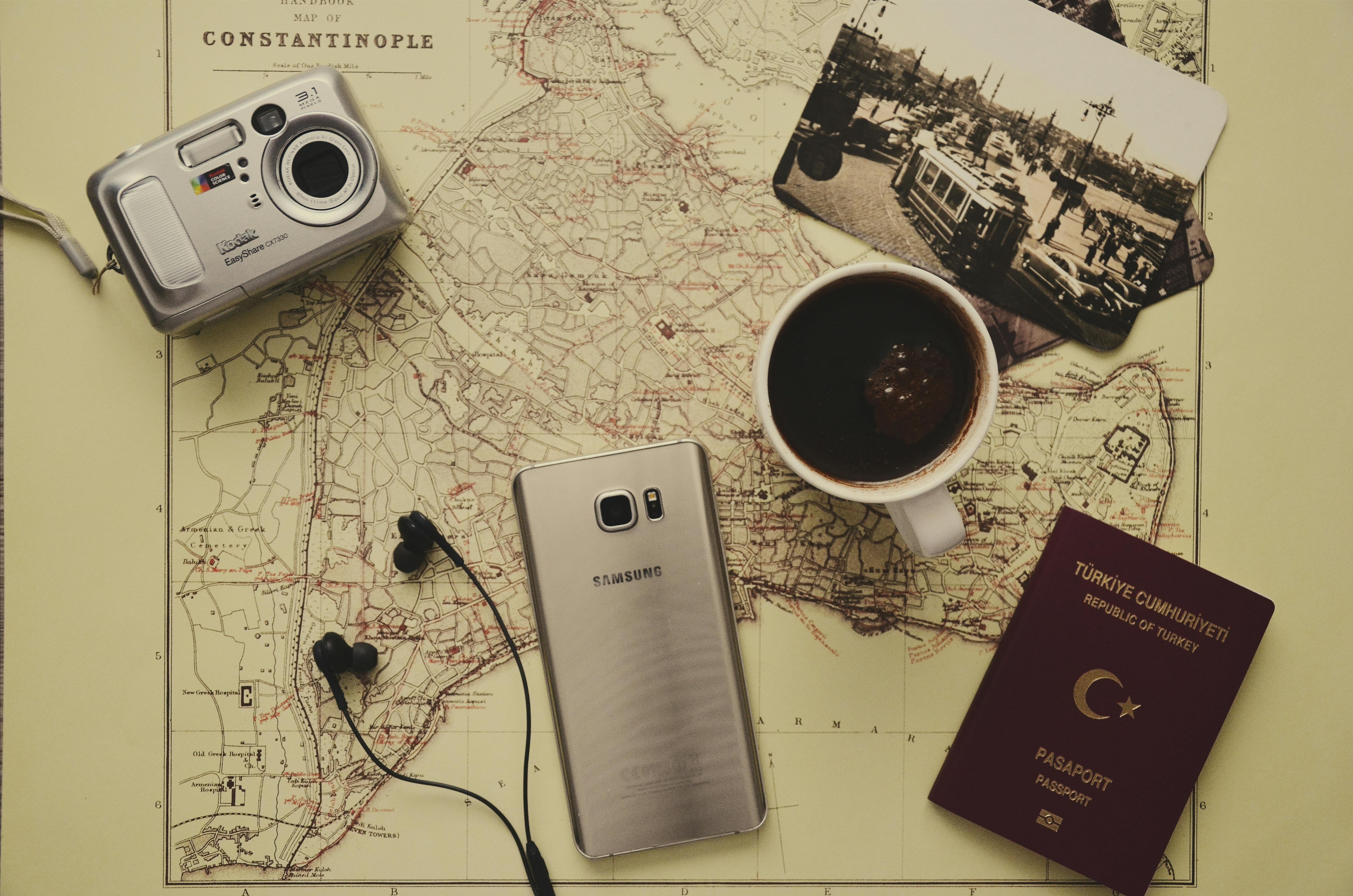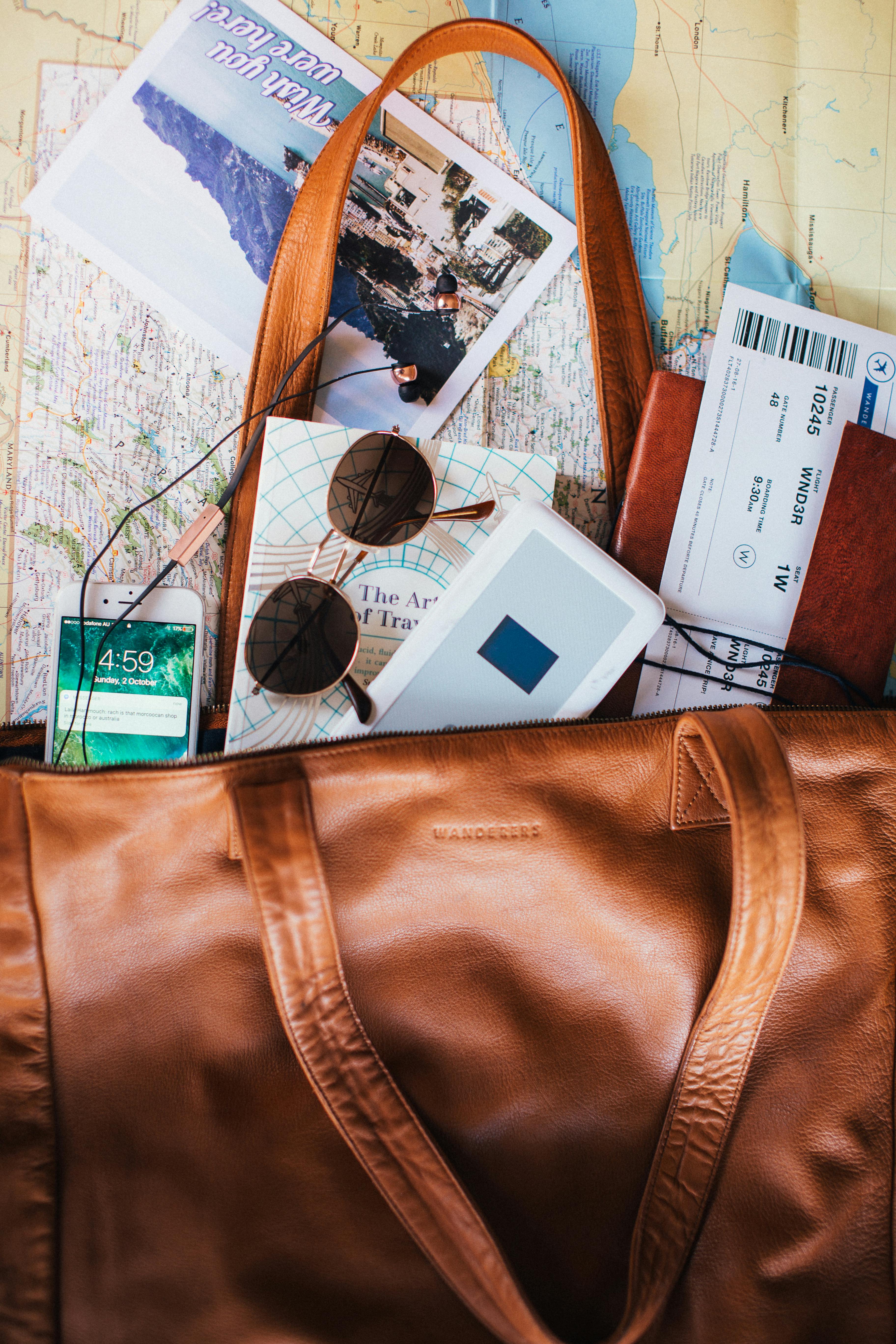Ultimate Travel Planning Guide 2025: Expert Tips for Stress-Free Trips
Let me start with a confession—despite more than a decade and a half immersed in the world of travel (from solo backpacking trips through Southeast Asia to leading group tours across Europe, and yes, even some ill-fated “Jones Family Reunion” road trips), I never stop learning new things about how travel planning actually works for real people1. Sound familiar? I’m guessing many of us, even seasoned travelers, have watched a perfectly mapped-out itinerary unravel into a series of comical misadventures. The truth is, there’s no universal formula, but there are genuine, battle-tested strategies—earned the hard way—that can make your next trip radically smoother and much more memorable.
Why bother with another travel guide in 2025? Because, frankly, everything is shifting. Last year’s headlines about passport delays and post-pandemic border rules still echo, but the pace of innovation—from AI-powered booking engines to contactless check-ins and dynamic last-minute flight pricing—is completely reshaping what “planning” means2. Add in climate concerns, new safety protocols, and real-time weather surprises, and you’ve got a landscape demanding more adaptive, authentic advice.
Here’s what I’ve consistently found: The difference between exhausting chaos and genuinely rewarding travel isn’t money or luck—it’s thoughtful adaptability, candid awareness of your own travel style, and a willingness to embrace mistakes as part of the adventure. This guide distills years of personal hits and misses, recent market trends, expert interviews (some surprisingly revealing), and the latest research on how travelers actually plan trips in 20253. The goal? Equip you—whether novice, intermediate, or seasoned pro—with clear, honest, and truly helpful strategies for every stage of your journey.
Why 2025 Demands Adaptive Planning
Back in 2019, most travelers I consulted could follow a fairly linear formula: book, pack, fly, explore, return. These days—honestly, everything’s a moving target. Seasonality isn’t just about weather anymore; it now includes viral outbreaks, geopolitical events (remember the sudden visa changes in South Asia this year?), and tech-driven disruption like Flash Sales and algorithmic price shifts4. What really strikes me is how much personal flexibility matters—there’s simply no way to anticipate every variable with old-school travel manuals. Adaptive planning means accepting uncertainty as the new normal.
Key Insight: The best travelers build in redundancy and flexibility—like backup hotels, changeable tickets, and open mindset options—so reroutes and delays become manageable, not catastrophic.
One moment that really changed my approach was the Iceland volcano eruption in 2010—a bunch of us were grounded, re-booking via Twitter groups, WhatsApp threads, and honestly, just swapping local knowledge over sandwiches at the gate. Technology, social connection, and local insight mixed with a dash of humility—that’s real-world adaptation. These days, I don’t just recommend adaptive planning as a “smart” strategy; I see it as absolutely crucial for resilient, enjoyable travel.
Here’s something many guides miss: Adaptive planning isn’t just about logistics—it’s about emotional readiness. Expect to feel both excitement and mild dread. That’s normal, and embracing the unknown can be the highlight of your journey.
Step 1: Destination Awareness—Knowing What You Really Want
Ever actually ask yourself what you want from a trip—no, really ask? A surprising number of us skip this step entirely, chasing trending destinations or “top 10 lists” instead of reflecting on personal travel style. Three years ago, I realized I’d checked off five countries in two months just to “keep up” with my travel group—none of those made the highlights reel. The real game-changer was pausing for honest reflection.
- Are you craving local food and hidden alleys, or big-ticket tourist attractions?
- Do you thrive on group energy or solo wanderings?
- What’s your absolute “dealbreaker” regarding climate, culture, or cost?
- Would you rather ‘see it all’ or ‘feel a place deeply’?
Expert tip: Start with a trip journal or a simple list—genuine reflection leads to much better choices. In my experience, travelers who do this pick destinations they actually enjoy, not just what’s “hot” online5.
Japan saw a record 32 million tourist arrivals pre-pandemic, but over 40% reported a mismatch between expectations and experience, often due to insufficient research on culture and timing6. Honest self-awareness avoids this trap.
Step 2: Safety, Accessibility & Seasonality in the Digital Era
The safety question—honestly, it’s the first thing friends ask me whenever I mention a new destination. “Is it safe right now?” And the answer keeps shifting. In my experience, managing safety is less about fearful avoidance and more about layered, contextual awareness. For instance, a “safe” city in summer might mean very different things in the rainy season, at night, or amid a festival crowd7. If you travel with accessibility needs (wheelchairs, children, allergies), up-to-date digital resources are a literal lifesaver.
Tech-savvy travelers use real-time maps (Google Safe Paths, Apple Maps accessibility tools), community-sourced updates (Reddit/local Facebook groups), and official government advisories8. I’m partial to smart notification systems—apps that ping if risks change, border closings pop up, or adverse weather approaches. This year alone, several clients found trip-saving reroutes via automated health advisory integration.
- Monitor local news and advisory sources daily—not just before departure
- Bookmark embassy pages and social media accounts for real-time alerts
- Reach out to local hosts or businesses for current, on-the-ground info
- Keep a printout of emergency numbers and alternate contacts
Quick Reality Check: Accessibility is not just a buzzword. Check digital resources (such as “Wheelmap” or government databases) but call ahead and confirm. Surprises still happen, and planning extra time for navigation makes a world of difference.
Seasonality, meanwhile, is the wild card. Want tulips in the Netherlands or cherry blossoms in Japan? Precise timing is everything. Digital platforms now predict peak dates using weather data and historical crowd patterns, but—honestly—the local taxi driver often knows best. Last spring, in Kyoto, crowds descended a week early due to mild weather. My advice: bank on flexibility, scout backup activities, and don’t let rain or heat ruin the experience.
Step 3: Budgeting for Hidden Costs and Real Value
“How much should I really budget?” Some travel guides pretend there’s one answer. There isn’t. My own budgeting mistakes (like underestimating local transport in London, or booking last-minute in Zurich—what a wallet shock) taught me that honest budgeting reflects both expected and unexpected costs, plus emotional priorities.
- Research average daily spend—food, transit, fees—from authentic local sources
- Add a “surprise buffer”—at least 20% above anticipated outlays
- Include emergency funds for health, rerouting, or tech failures
Let me clarify—what you actually value (comfort, cuisine, cultural events) should drive your spending far more than guidebook averages. I always set aside extra for spontaneous experiences: local festivals, family-run restaurants, unplanned museum visits. That’s what sticks in your memory, not minor hotel upgrades.
Personal Takeaway: Build in “creative splurge flexibility.” Even if budget is tight, allow for at least one truly memorable, uniquely local experience.
| Expense Category | Average Daily Cost (Europe) | Pro Traveler Tip | Hidden Fees to Watch |
|---|---|---|---|
| Food | €20-35 | Eat local, lunch specials | Tipping, service charges |
| Transport | €10-25 | Transit passes, bike rental | Peak hour surcharges |
| Accommodation | €30-70 | Book early, flexible rates | Local taxes, cleaning fees |
| Attractions | €15-25 | Free walking tours | Reservation fees |
Long story short: Detailed research, local context, and a willingness to adjust on the fly—these are more powerful than any one-time “budget hack.” I’m always learning new ways to stretch funds while investing in meaningful moments; those honestly matter more.
Practical Essentials: Smart Packing and Tech-Savvy Solutions
Packing is where most people—me included—underestimate complexity. On second thought, maybe the word is “resent.” I used to throw everything in a suitcase “just in case,” only to spend half the trip hauling gear I never used. Packing smart in 2025 means integrating weather uncertainty, local customs, and real tech.
- Pack layers over bulk: adaptable for sudden temperature changes
- Include universal adapters and backup battery packs
- Use color-coded packing cubes for instant organization
- Download offline maps, translation apps, and health QR codes
- Skip “just-in-case” items—focus on what’s proven in recent trips
Here’s an example that sticks with me: On a recent trip to Argentina, a last-minute hailstorm wiped out power for a half-day. My solar charger—on a whim—saved the group’s connectivity, documents, and spirits. Smart gear isn’t just marketing hype; it’s sanity insurance.
Pro Traveler Insight: The best packing list is your last trip’s list—modified for what you actually used.

Cultural Sensitivity & Local Immersion
Cultural sensitivity isn’t just about “being polite”—it’s a foundation for transformative travel. What’s puzzling is how many travelers still treat destinations as stages for their own stories, ignoring local rhythm and daily life. I used to struggle with language barriers (truthfully, I still do), finding myself gesturing wildly in rural Thailand. But even small efforts—a “thank you” in the local dialect, a respectful nod to regional customs—change the whole dynamic.9
- Research basic social etiquette and taboos—hand gestures, greetings, attire
- Eat local where possible, and ask about food history—it builds bridges
- Choose immersion over observation (local markets, festivals, family guesthouses)
- Support community-run tourism initiatives when you can
- Listen deeply—even when you don’t understand every word
Local immersion delivers the stories you’ll retell for years—not just Instagram snaps or checklist moments.
Just yesterday, a colleague mentioned how a simple cooking class in Mexico (run by a grandmother, not a chain) delivered more cultural value than weeks of museum hopping. It’s those moments—imperfect, unscripted, deeply local—that genuinely connect us. To be honest, I sometimes miss these chances if I’m too focused on my own itinerary. Self-correction: build in space for serendipity.
Responsible, Sustainable, and Ethical Travel
Here’s where I get passionate—responsible travel is more than a trend. From my perspective, it’s the only way we preserve destinations for future generations. Three years back, I saw firsthand how over-tourism fractured Venice’s fragile ecosystem; local leaders pleaded for change10. Are travelers listening? Some are. Others still chase viral “hidden spots,” risking both environmental impact and community exhaustion.
- Book with certified sustainable operators—look for real accreditation
- Limit single-use plastics and embrace alternatives
- Travel in shoulder seasons to ease crowd pressure
- Give back with your wallet (local guides, artisans) and your respect
- Share ethical travel stories to inspire others
What’s really important: Responsible choices don’t mean less adventure. In my experience, sustainable travel unlocks richer, more authentic moments, plus a sense of contribution that elevates the whole journey. The more I learn, the more I realize this practice isn’t “extra”—it’s essential11.
New Zealand pioneered the “Tiaki Promise” in 2018: A national program inviting travelers to care for people and place. Over 50% of inbound visitors sign up at point-of-entry, boosting both awareness and community benefits12.
Expert Tips, Common Mistakes, and Stress-Free Travel Mindset
Anyone who’s been there knows: Even with perfect plans, things go sideways. I once misplaced a key document in Rome—turned out, a quick-thinking local sent me to a 24-hr copy shop that rescued the trip. These mistakes sting, but also teach. Here’s the thing: stress-free travel isn’t about control; it’s about resilient mindset, practical contingency, and honest awareness.
- Triple-check all documents and visa requirements—rules change constantly in 2025
- Allow margin for delay: plan buffer hours, not minutes
- Reroute success: List top three “Plan B” activities in case of closures or disruptions
- Prioritize self-care: hydration, nutrition, sleep routines matter more than ever
- Practice mindful flexibility: accept what’s out of your control
Nothing’s guaranteed—rolling with surprises and maintaining a curious attitude transforms stress into opportunity.
“Travel is never a matter of money but of courage.”
I’m still learning to embrace imperfect journeys. Let that sink in. Perfection is impossible; engagement is everything.
“It’s the detours, wrong turns, and missed trains that leave the deepest impressions.”
Final Thoughts: Future-Proofing Your Travel, Repurposing Your Experiences
Looking ahead, what excites me is not just the evolving tech or travel hacks—but the simple reality that travel planning in 2025 is more about authentic connection, ongoing curiosity, and ethical engagement than any checklist could capture. As of right now, future-proofing your travel means developing habits that last: regular destination reflection, resilience in the face of uncertainty, resourceful budgeting, and a deep respect for people and place.
My current thinking? Every journey offers unexpected lessons. Three years ago, I thought reliable itineraries were the hallmark of the expert traveler. Now, I realize the true expert is someone who adapts, learns, and engages deeply—even (especially!) when things diverge from plan. Honestly, these stories—our real travel lives—become the foundations for guides, social sharing, podcasts, and newsletters that help others navigate their own adventures.
Call to Action: Take what you’ve learned here and repurpose it. Turn your next trip into advice—share on forums, help friends, write your own guide. Authentic benefit spreads when we share honestly.
References & Further Reading
References



